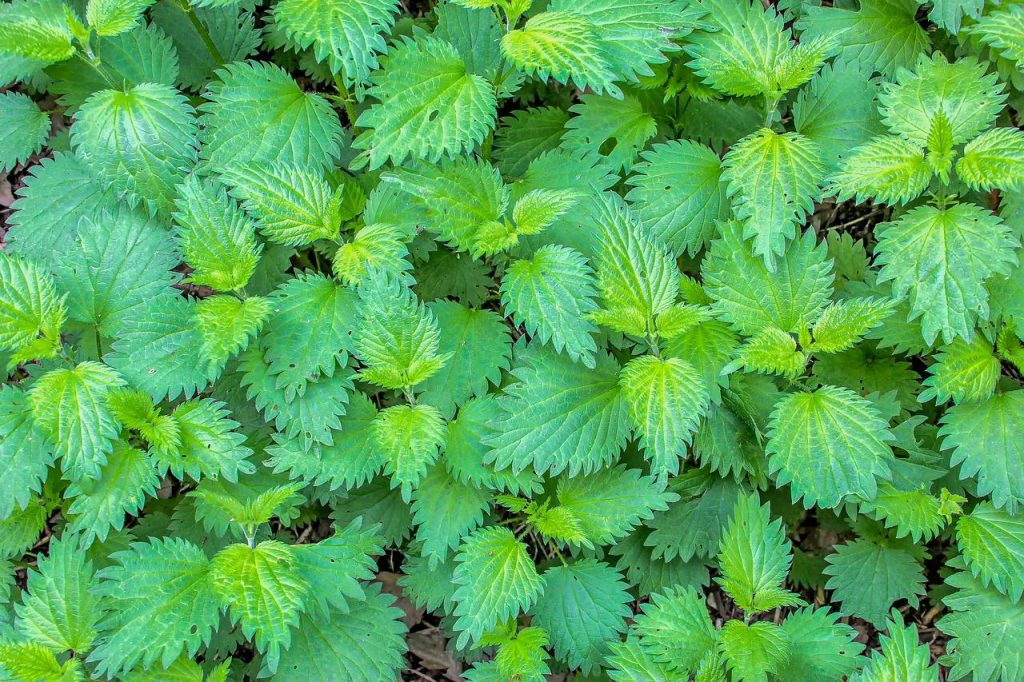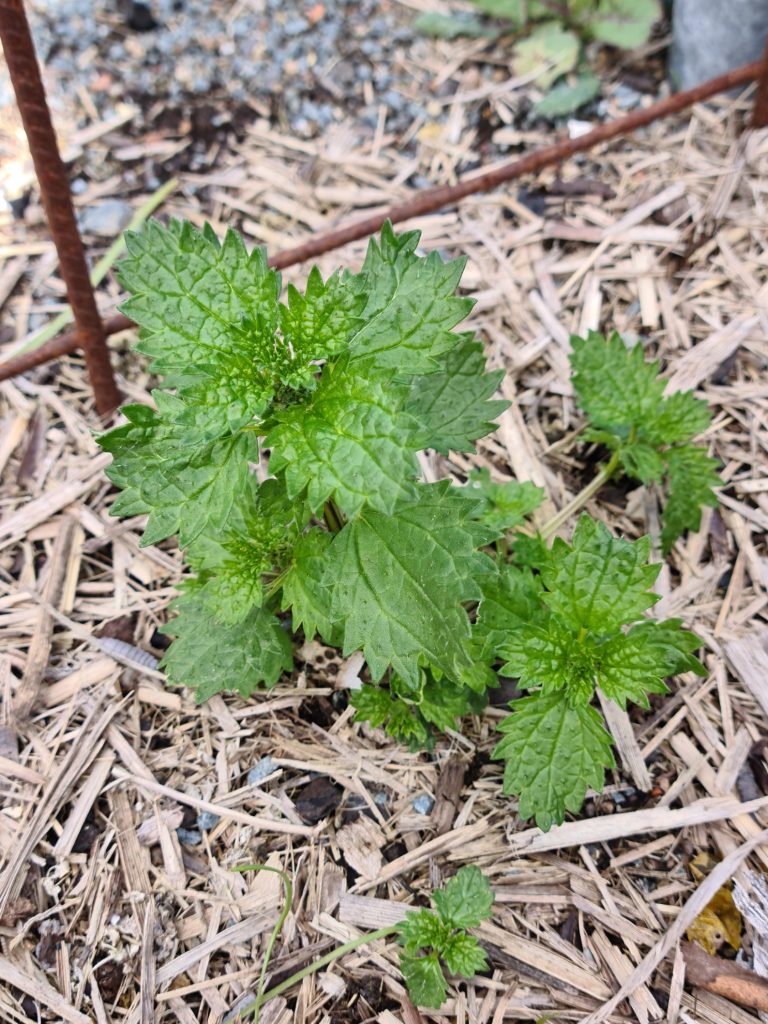Article: The Soil Association of UK (Canberra Organic – Summer 1998)

Heading the list of beneficial weeds must surely be the stinging nettle, for its uses are legion. It is one of the most companionable, or symbiotic plant that exists and it is amazing how much time, energy and money the average gardener will expend on trying to get rid of this most valuable plant.
It has the ability to stimulate the growth of other plants growing nearby, perhaps because of its high nitrogen content, and to make them more resistant to disease. More than one gardener has found that the yield and quality of soft fruits have been improved if nettles are allowed to flourish near the plants.
As a companion plant to herbs it seems to increase the essential oils in aromatic herbs.
It breaks down into almost perfect humus and is invaluable as a mulch between rows of vegetables, providing both humus and nutrients.
Because of its high mineral content it is an essential addition to the compost heap. When added freshly cut, or only slightly wilted, it has the effect of raising the temperature of the heap almost at once, encouraging the nitrogen bacteria in the breaking down and decomposition of vegetable matter, especially its own tough fibrous sterns and roots.
Nettles can be left to soak in rainwater for two to three weeks until they disintegrate. The rather smelly liquid thus produced makes a very effective plant food, and is especially good for tomatoes. Again, the amount of nettles to be used is immaterial. In many cases the supply will dictate this. However, the more you use, the stronger will be the plant food, and bear in mind that there is more nitrogen in fresh, young nettles during the spring and summer than there is in the old plants during the autumn. This liquid can be used as an insect repellent and as a foliar feed. Or an infusion can be made by covering a handful of the fresh nettles with a pint of water, bring to the boil, remove from heat and cover while cooling. Strain and dilute with four parts of water to one of liquid. This can be used as a spray against mildew, blackfly, aphis and plant lice in the greenhouse or outside. When used as a foliar feed a dessertspoonful of liquid soap can be added to the spray to help it to stick to the leaves, but this should be omitted if the liquid is to be used as a fertiliser.
That seems to be a pretty impressive list of uses. The stinging nettle is also a plant very rich in protein, vitamins and minerals, especially nitrogen, iron and calcium, and not only is it of tremendous value in the garden, but it has long been recognised for its medicinal and culinary uses.
